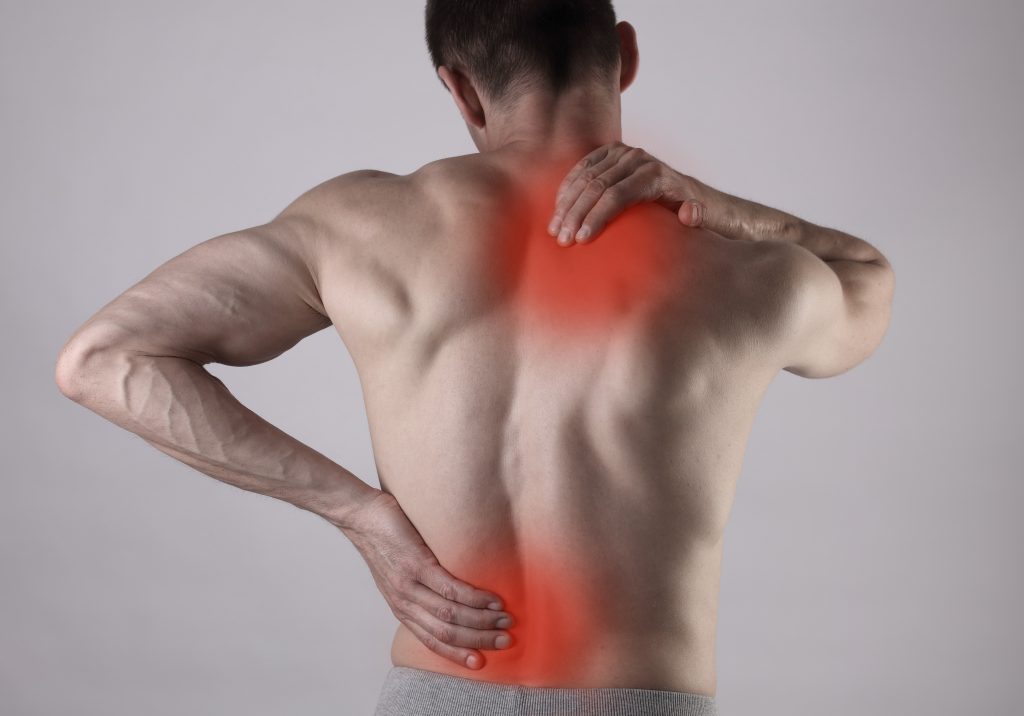How to Prevent & Rehab Common Sprains & Strains

Sprains and strains are among the most common work-related injuries, and don’t only occur in the manufacturing industry. Any employee, regardless of the scope of their job, can suffer from painful muscle/tendon strain – even those who work behind a desk.
These types of injuries can be expensive for employers. Not only is the injured employee not working, but the company is more than likely responsible for the medical bills, along with all or partial lost wages. Strain and sprain prevention at work is important for both the employer and employee. To successfully prevent and overcome these common injuries, both parties need to work together.
Strains and Sprains Prevention Guide
Employers and employees need to take a proactive approach toward preventing strains and sprains. Most steps are easy to implement and follow. Others may take some getting used to, and will result in major improvements in the long run. Here are some simple things you can do in an employee strain and sprain prevention program.
Create Ergonomic Workspaces
There are certain controls that can be put in place to help minimize stress and strain on joints and muscles. Standing desks are an option for office employees, along with ergonomic keyboards and chairs.
The placement of mechanical tools that are used repetitively should also be placed with the worker’s safe reach and proper body mechanics comfort in mind. Here are some simple things you can do in an employee strain and sprain prevention program. Carts, turntables and other assistive devices should be implemented to prevent overreaching, and maintained in good working order. Thick rubber mats on concrete factory and warehouse floors will not only improve traction, but also prevent foot, ankle, knee, and back fatigue that can lead to strain.
Employee Training
Companies should train all employees on the importance of good ergonomic practices. This means taking regular breaks from repetitive tasks, stretching and using microbreaks at intervals, and having good posture and body mechanics..
Training and reminder posters around the workplace can help emphasize the importance of practicing good posture, biomechanics and other preventative tips for musculoskeletal pain.
Create an Employee Health Space
Employees can stand up and stretch at their desks or workstations, but having a designated place to go is the best option. This should be a safe place where stretching employees don’t have to worry about getting in someone’s way.
Not all companies or corporations can afford to install a fitness center. However, almost all can allot some space for employees to stretch out the kinks and strains that come with performing their jobs.
Employees Need to Take Care of Their Health
Workers cannot be forced by an employer to eat healthily or exercise regularly. However, a healthy lifestyle at home and work will help prevent strains and sprains. Stretching regularly and taking microbreaks relieves some of the stressors that causes strains. Employees will also want to take advantage of any wellness programs the company might offer.
It has to be a joint effort between employers and employees if a company’s strain and sprain prevention program is going to be effective.
Rehabbing Musculoskeletal Strain
No matter how many programs a company has implemented, musculoskeletal strain can still happen. There are a few things employees can do at home or with the company’s help to speed up recovery from a strain or sprain. Remember the RICE principle:
- Rest the injured area. It’s better to lose a little time with a short recovery, then to suffer longer under constant strain and re-injury.
- Icing the swollen area, though not directly on the skin, will reduce pain and swelling. Anything from ice cubes wrapped in a towel to a bag of frozen peas can be effective.
- Compression wraps or another type of supportive bandage/wrapping will help reduce swelling and provide a mental reminder to treat the area with extra precaution while it heals.
- Elevating the injured area will help reduce swelling.
If the strain or sprain is severe or pain persists for several days, the employee will need to see a healthcare professional.
Be Prepared For Accidents
Strains and sprains can happen at work, no matter how careful management and employees are. A package could be accidentally left out and tripped over resulting in a sprain, or an overworked employee might have pain from back, neck, or knee stressors.
When accidents happen, it’s important to understand that employees need time to recover from their injury.
Having a team of athletic trainers as a resource for your employees is a huge benefit for prevention, education, and for injury recovery in the event of an accident. Work-Fit is a dedicated team of wellness professionals applying sports medicine techniques in the workplace. Whether your company already has a strain and sprain prevention program in place and wants to improve it, or you would like to get one started, contact the experts at Work-Fit today.



